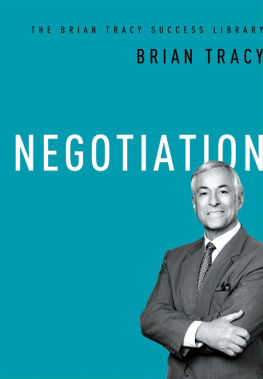Introduction
The Awakening
T his is a book about discovering, defining, and driving your ideal careerfinding the professional pursuit in which you can be and feel unstoppable. In the following pages, Ive laid out my tested and proven method for this type of clarity called the Nth Degree. These steps will guide you in identifying and capitalizing on a career uniquely suited to you. As you follow the process laid out in this book, you will become hyper-focused on your niche in the marketplacethat sweet spot where you can love what you do, perform at the highest level of your craft, do something meaningful in the world, and, of course, get paid. This level of career clarity will allow you to experience wealth in more ways than onethrough finances, freedom, and fulfillment.
If that sounds fantastical to you right now, I can relate. I used to feel the same way, and throughout this book, I share many examples from my journey that prove this to be true. But thankfully, one day, I had a serendipitous experience that proved to me that work didnt have to suck. That day, I witnessed someone come alive just talking about his ideal career. Thats when I learned the difference between the careers that we settle for because we think we have to and the ideal professional experience that we could have. It was this first encounter with someone explaining his ideal career that allowed me to believe in its possibility and pursue mine with intention.
My Unexpected First Career
In the fall of 2010, I began my first job working for an investment bank headquartered just outside of the financial mecca of New York City. As a psychology major, I had never expected to land this position, but I had grown to believe it would prove my success or failure as a professional. After all, I had beat out several of my classmates who would have given a limb to work at a hallowed desk on Wall Street.
My role as an analyst began as many others have, with my fellow new hires competing for the highest scores in training and jockeying for the best desks on the trading floor. Despite my best efforts to master bond math and negotiate the social strata of the trading floor culture, I always felt like an outsider. Every morning, as I commuted the four minutes from my apartment to the towering glass bank building, I attempted to convince myself that today I would understand more of what was going on or I would feel less like an outcast. Time marched on, but no matter how hard I worked or how savvy I became, the ugly truth was staring me in the face. This reality became so loud and so unbearable that just two years into this position, I could no longer ignore it.
I was absolutely, unapologetically, direly, hopelessly miserable at work.
Luckily, this anguished existence proved to be the necessary context for me to finally understand what work could be, instead of what I believed it had to be. But I needed to see an up-close example of this alternate reality to create that belief.
Life on the Trading Floor
Working on a Wall Street trading floor is a unique experience. Sure, you can watch movies like Wall Street and Boiler Room to get a general sense of the environment, but theres really nothing that can prepare you for life on the desk. I wont be making any Wolf of Wall Street references here, but lets just say that the setting is intense. Imagine a room the length of two football fields and about half as wide, with a ceiling at least fifty feet high. An aisle runs perfectly down the middle, and on each side are row upon row of desks that meet the walls. Individual sets of computer screens, phone turrets, and Bloomberg keyboards are positioned in the middle of the desks, butting up against the same setup on the other side of the desk where another employee sits. All you needed to do was stand up, and youd be towering over the person in front of you just trying to get through the day.
By 2012, I was working as a salesperson on the credit desk. I sold (or more accurately facilitated the trading of) high-yield and distressed bonds and other loan investments to institutional investors and hedge funds. In two years, I had learned many important lessons about life on the trading floor. Youre allowed to make a mistake, but youre not allowed to make the same mistake twice. If someone wants to make a bet on how many push-ups the intern can do or whether or not they can eat one of everything in the vending machine, just go with it. And if you want to keep your job (and you dont want to be verbally harangued or have a beverage thrown at you), never, ever miss a trade.
At first, that last point didnt seem challenging, because it was my job, after all. However, trading could only be done at your desk, so this rule required your physical presence at your desk at all times. That meant that I was to remain seated in front of my four computer screens for approximately twelve hours per day. I ate breakfast and lunch there. My trips to the bathroom lasted five minutes or less. I didnt take an afternoon break for the entire first year. But as my misery grew, my leash lengthened. Thats when my friend, Joe, and I started a coffee-break routine in the lull hours of the afternoon. At three p.m., like clockwork, we ascended the escalator to the outdoor terrace on the eighth floor, made one lap around it, and returned to our desks. The entire break took little more than five minutes, but some days, it was the only activity that got me through the slog. Poetically, it was during one of these breaks that I experienced a moment that proved to be both life and career changing.
The Five-Minute Break That Changed Everything
One day, while my closest coworker and I were walking on the terrace, scanning the usual scenery that surrounded the building, I noticed something different. On a bridge visible from the roof of the building, a handful of construction workers had gathered to do some repairs. I felt tired of our usual I hate my job and I feel stuck conversation, so I used this bridge to pivot. Without expecting much more than a grunt of acknowledgment, I said, Hey, check that out. Looks like theyre doing some kind of construction on the bridg e...
Those were the last words I spoke in that conversation. As soon as my terrace buddy, Joe, caught sight of the bridge, he immediately cut me off. Much to my surprise, words started spilling out of him. Wow, okay! Well, theres so much to take into consideration. I mean, the bridge looks like its made of concrete so its probably a beam bridge, which means its going to be fairly strong when it comes to compression but weak when it comes to tension. So, they will likely add steel bars to reinforce it, but depending on the time of year and what the concrete is made of, the bridge will expand or contract. The engineers have to adjust the composite structures of the bridge to make sure that the tension and strength is still in balance an d...
I stopped in my tracks.
As Joe kept talking, I observed him: his eyes were alert, alive, and brighter; his body language had shifted, his chest lifted and stance strengthened. Even his gestures became more expressive and intense than I had ever seen. I slowly realized that I was witnessing the stream of consciousness that comes from someone purely engaged in a subject that sparks passion and intrigue in themsomeone experiencing the flow of being completely immersed in a topic and energized by that focus. He was straight-up gushing! About bridges!
Honestly, it scared the living hell out of me.
Here was this human beingsomeone I thought I knewwho I had worked with every day of every week of every month for an entire year, and I had never (seriously, never) seen him behave in this way. In all our time spent building models, looking at credits, talking about trades, and working twelve hours a day, I had never once seen Joe even one-hundredth as interested as he was in that random bridge. It was all I could do to not physically shake him back to normal.

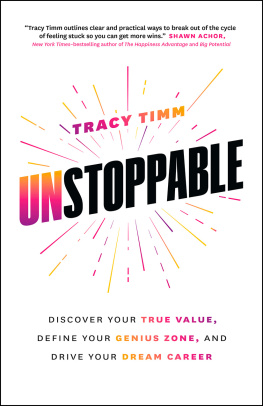
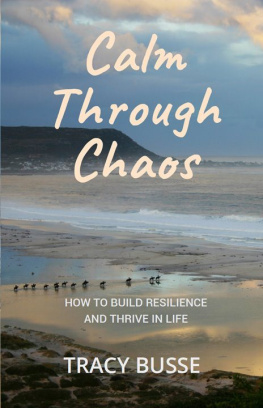
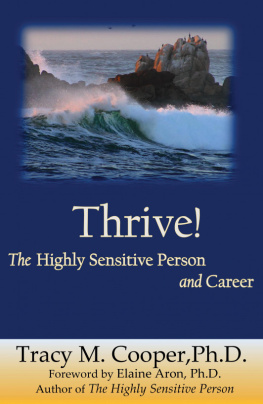

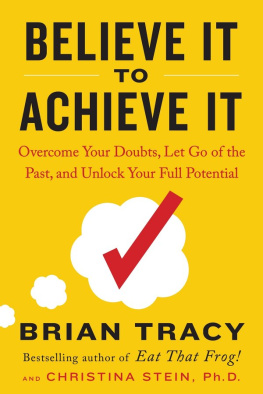
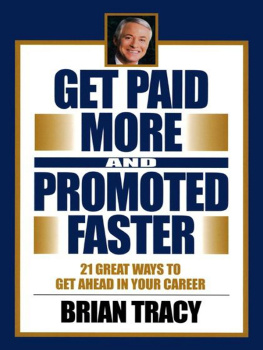
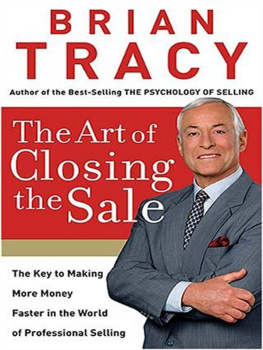
![Tracy Fullerton [Tracy Fullerton] - Game Design Workshop, 3rd Edition](/uploads/posts/book/119440/thumbs/tracy-fullerton-tracy-fullerton-game-design.jpg)
